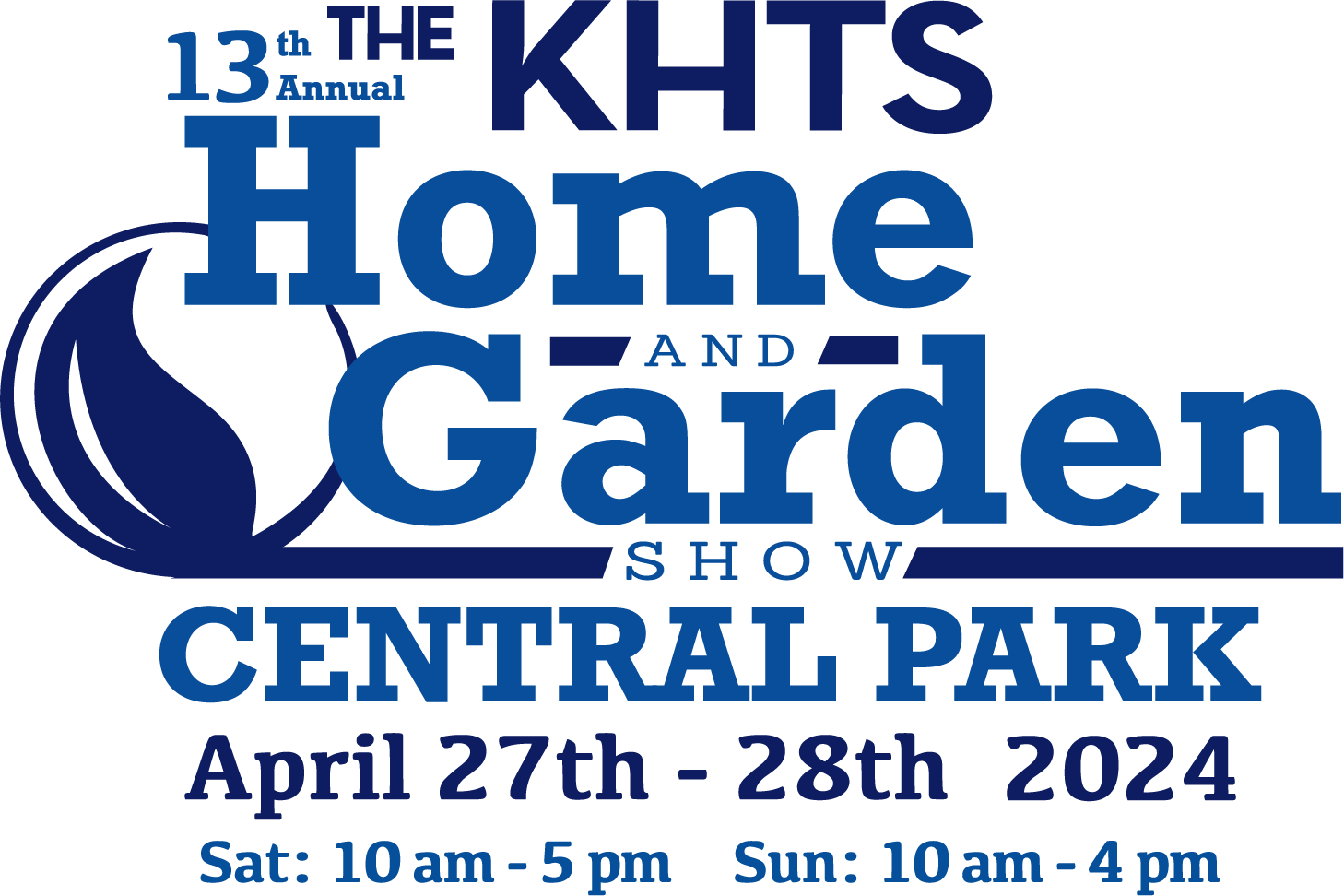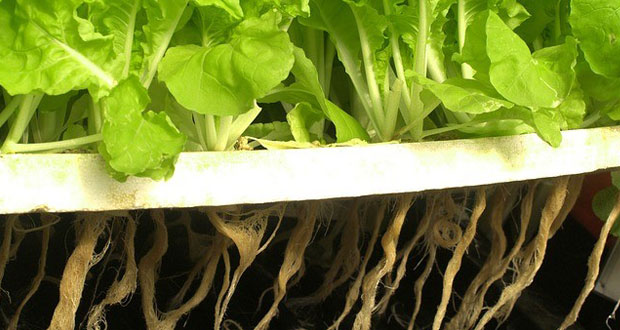Today, you can choose from several methods on how to grow your plants and edible garden. One of the notable options is through hydroponics. It is a farming method that does not use soil or the ground. Instead, it is a water-based solution where plants’ roots are supported by a medium such as coco peat or vermiculite. This allows the roots to have direct contact with the nutrient solution and oxygen.
More people and organizations are inclined to grow plants and gardens by implementing hydroponic solutions because of the various benefits they provide. It has been observed that growing plants in water leads to faster growth and bigger yields than soil-based planting. This results from quicker absorption of nutrients which allows plants to focus on growing vertically rather than expanding the root system in the ground.
Another key advantage with hydroponics is sustainability. With its water-based technique, you can save water that is wasted from evaporation, leaks and manual watering. Also, you do not need chemicals and other toxic substances to terminate weeds and pests, and less investment in the fertilizers necessary for higher output and faster growth. These savings are not just gains for the environment but for your pockets as well.
There are different ways to implement hydroponics gardening in your own yard or farm. One way is the deep water culture (DWC) or reservoir method. It is one of the easiest and simplest methods to set up because it requires less materials. In this hydro system, you build a platform where the roots are suspended in a nutrient solution which provides a consistent supply of water, oxygen and nutrients. This set-up is perfect for growing leaf lettuce.
Another basic method that has been used for thousands of years is wicking. This is considered a passive system because it does need an air or water pump. The water, oxygen, and nutrients are distributed to the plants’ root zone through a wick, which can be a rope or a piece of felt. This technique can use different nutrient mediums, including perlite, promix and coconut coir. Wicking is ideal for growing smaller plants.
Plants can also be grown by implementing nutrient film technique or NFT. This hydroponics system provides a constant flow of nutrient solution over the plants’ roots. The set-up includes a reservoir pumping the solution to the tips of the roots suspended on a growing tray. Any nutrients that are not absorbed are drained back to the reservoir, resulting in minimal waste. This has been regarded as a highly effective method since it facilitates faster growth as plants absorb more oxygen.
For an advanced method, you may try the aeroponics way of growing your edible garden. It is similar to NFT in that it optimizes the air as a growing medium for faster absorption of oxygen and plant growth. Instead of using a thin film, aeroponics involve misting the root zones with a nutrient solution. Misting is done by using a fine spray nozzle or a pond fogger that atomizes the solution. It is more expensive and complex to build but the proven results make it an effective system.
Harvesting rainwater to hydrate your hydroponics garden is a remarkable conservation effort. Thousand gallons of water harvested from the roof can save you from the costs of watering your hydroponics garden. Take advantage of the free water source abundantly flowing all throughout the year by installing a water harvesting and collection system and technology. Various suppliers like cityseamless.com provide advanced and effective system to capture rainwater that can supply not just your garden but your water needs at home too.
Hydroponics is giving farmers and gardeners another excellent and sustainable option that yields a bountiful harvest. The savings you can gain from this solution can be utilized for other equally expenses or investments such as various home repairs and maintenance, gardening technology to improve efficiency or renovations. Also, you save time that you would have to spend pulling out weeds, performing manual watering, doing soil analysis and terminating pests that plague soil-based gardening. When you’re ready, you can always start small until you create the right hydroponics system that fits your garden.





